In Foundations of Art, students study the elements of art including: line, shape, form, color, texture, pattern. A zentangle is a design that can be repeated or transformed into repetitive patterns. Students began by learning how to draw organic shapes which are the animals. We worked on space by cropping the images tight to zoom in on what the student deemed as the most important area. Students worked on contour line drawings to focus on the shapes they were working with. From here, students began to sketch zentangle designs. The back dry erase board became a "never bored board" for students to add to the designs that we began with in the preliminary stages of a project.
Students then chose a color scheme to add to areas of their animal. The materials available were Sharpies, markers, crayons, colored pencils and watercolor paint. By allowing students to add color at their discretion we could discuss how the color has added to the design and how it adds visual interest in the work! Students worked on a large square piece of paper that was 24x24 inches with a focus on positive and negative space!
Arty on!
Mixed Media Growth and Decay Still Life Drawing
Students in 2D Art: Painting and Drawing learned about shading techniques, including values, hatching, cross hatching and blending. Students learned how to use vine charcoal sticks, charcoal pencils, Prismacolor colored pencils and a variety of drawing pencils. Thumbnail sketches were completed in a timed drawing session. Once this was complete, students had to choose and present reasoning of composition choice and to draw a single flower or a vase of flowers. The flowers were soaking in paint thinner and were dying over the course of the project. I wanted for students to experience a still-life with life or the lack there of. Students divided their composition into a grid of six squares. Two squares were required to be charcoal, colored pencil and pencil. Students were challenged to consider isolating color and where it was the most important and impactful visually to do so.
Students studied optical artist Bridget Riley while focusing on the principles of design. I teach students that you use the elements of art to achieve the principles of design. Students enjoyed studying the artwork and discovered quickly that in order to trick the eye into believing the surface was 3-D that attention to detail, craftsmanship and accuracy are all essential.
Elements of Art: Line, Shape, Color, Value, Form, Texture, Space
Principles of Design: Balance, Contrast, Emphasis, Movement, Pattern, Rhythm, Unity
Students were encouraged to experiment with a variety of materials including markers, colored pencils, crayons, Sharpies and oil pastels. Students also familiarized themselves with routines in the classroom including where supplies are stored, where to put their work at the end of class, and how much time should be left in the class before clean up begins.
Arty on!
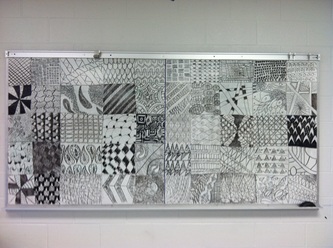
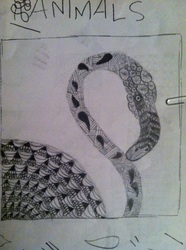
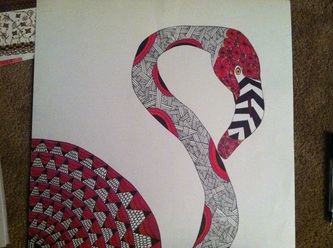
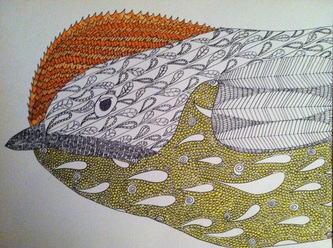
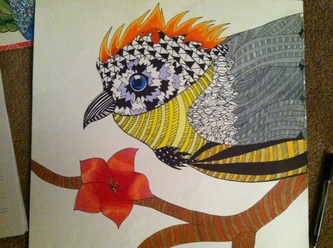
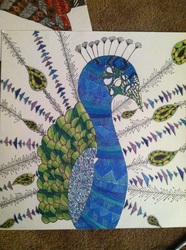
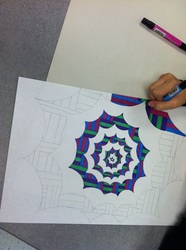
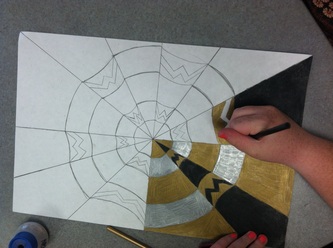
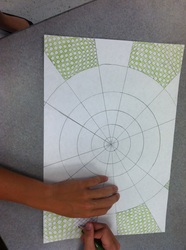
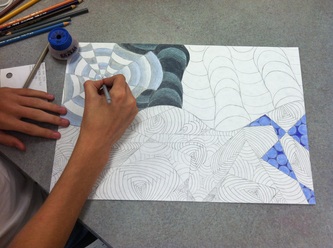
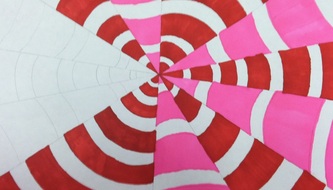
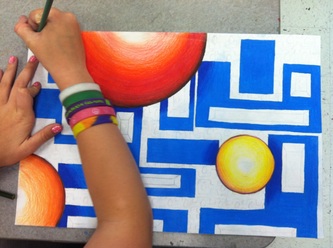
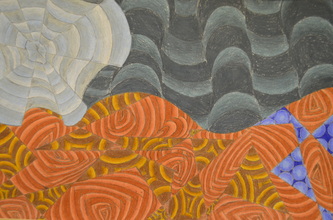
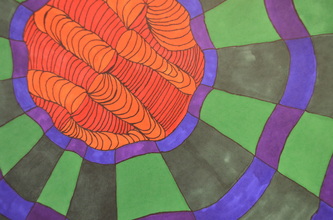
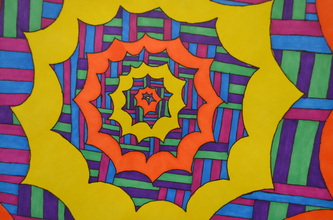
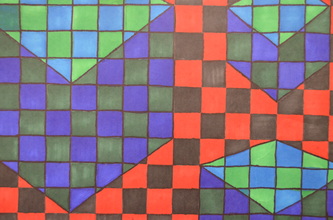
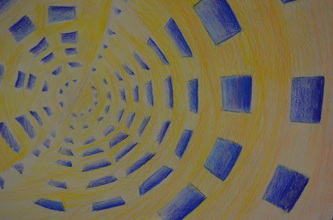
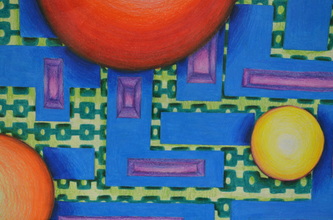
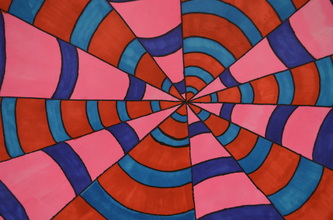
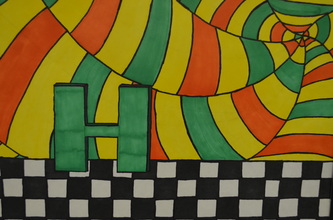
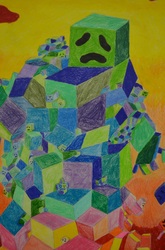
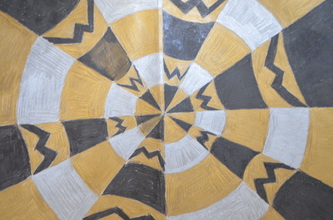
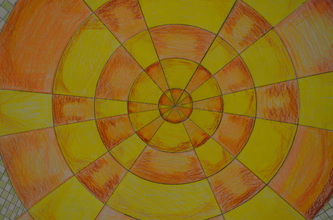
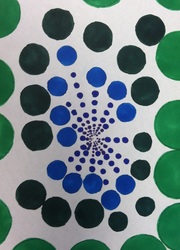
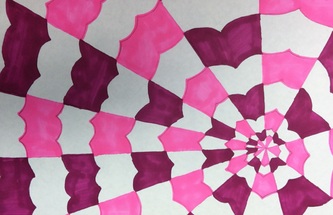
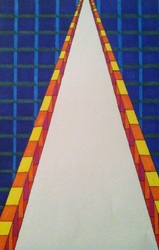
 RSS Feed
RSS Feed